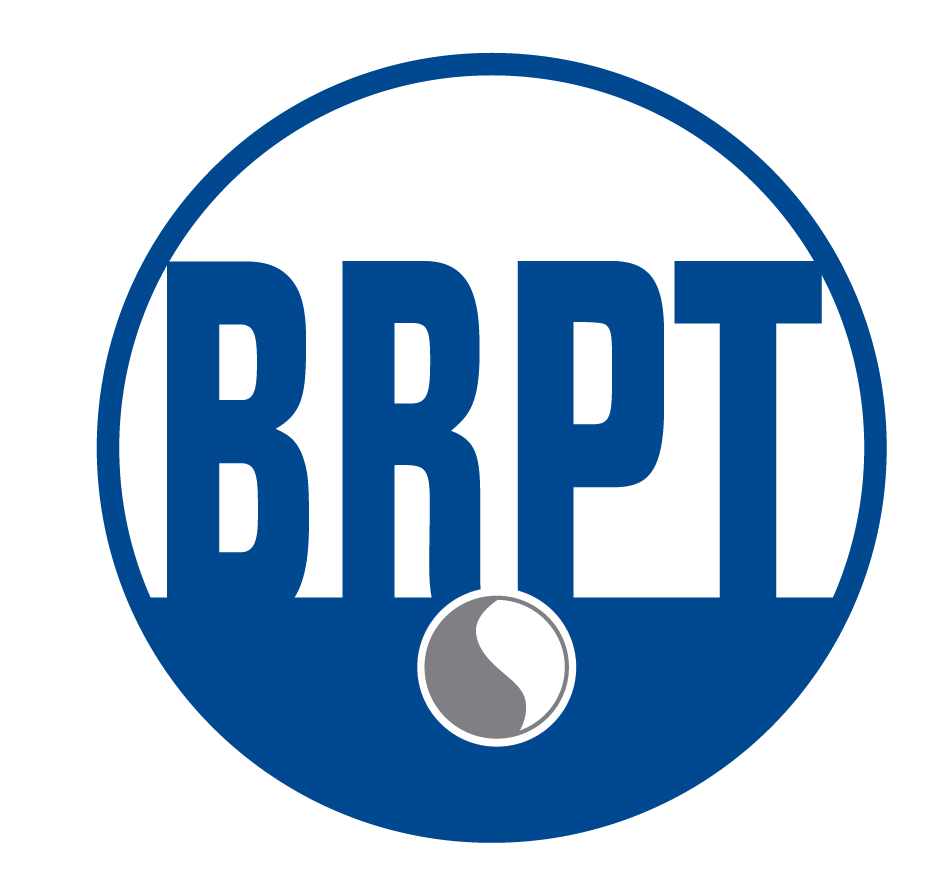CPSGT Blueprint through 4/30/2018
The CPSGT examination consists of 75 multiple choice items. Of these, 60 items count toward the candidates’ scores and 15 are pretest items that are not scored.
General Knowledge Required:
Medical terminology, safety, verbal and written communication skills, ethics, patient confidentiality, basic patient care and emergency procedures, basic math skills and basic calculations, basic knowledge of computers.
A Successful Candidate Will Have Basic Knowledge Of:
Sleep apnea and diagnostic criteria, practice parameters for sleep apnea, adult and pediatric testing procedures for sleep apnea, scoring rules, EEG waveform morphology, sleep physiology, respiratory physiology, cardiac physiology, troubleshooting skills, intervention and treatment/CPAP therapy, recognition of need for bilevel therapy and supplemental oxygen.
DOMAIN 1: SLEEP STUDY PREPARATION AND PERFORMANCE » 45%
TASK A: Review patient information and perform clinical assessment » 15-19%
- Verify Clinician’s orders and testing indications
- History and physical
- Medications
- Patient interview and orientation
- Questionnaires
TASK B: Technical preparation for procedure » 22-26%
- Equipment and supplies
- Montages
- Identify anatomically appropriate locations
- Site preparation and application
- Impedance verification and calibrations
TASK C: Follow procedures and protocols » 30-33%
- Adult PSG protocols
- Pediatric PSG protocols
- Daytime testing protocols (e.g., MSLT, MWT)
- Home Sleep Apnea Testing (HSAT)
TASK D: Identify, respond to, and document findings » 26-30%
- Waveform variations (e.g., abnormal EEG, EKG)
- Artifact
- Equipment malfunction
- Physiologic/clinical events
- Settings (e.g., filters, sensitivity, gain)
DOMAIN 2: SLEEP PHYSIOLOGY RECOGNITION AND SUMMARY » 30%
TASK A: Recognizing physiologic events in adults and pediatrics » 67-78%
- Sleep stages
- Arousals
- Respiratory events
- Desaturations
- Movements
- Cardiac events
TASK B: Perform calculations and document observations » 22-33%
- Formulas (e.g., AHI, sleep latency, TST)
- Technician summary
DOMAIN 3: THERAPEUTIC TREATMENT AND INTERVENTION » 25%
TASK A: Administer CPAP and bilevel therapy » 80-93%
- Titration Guidelines
- Acclimation and proper interface fit
- Troubleshooting intolerance (e.g., interface, pressure, humidification)
- Explain importance of therapy
TASK B: Oxygen therapy » 7-20%
- Oxygen guidelines
